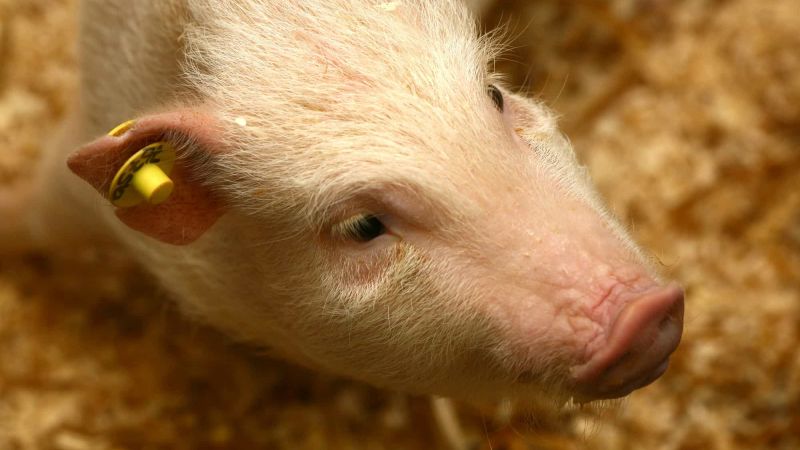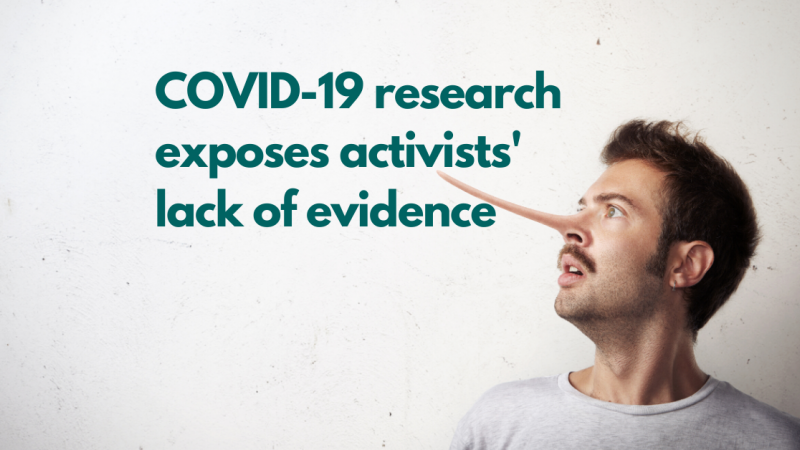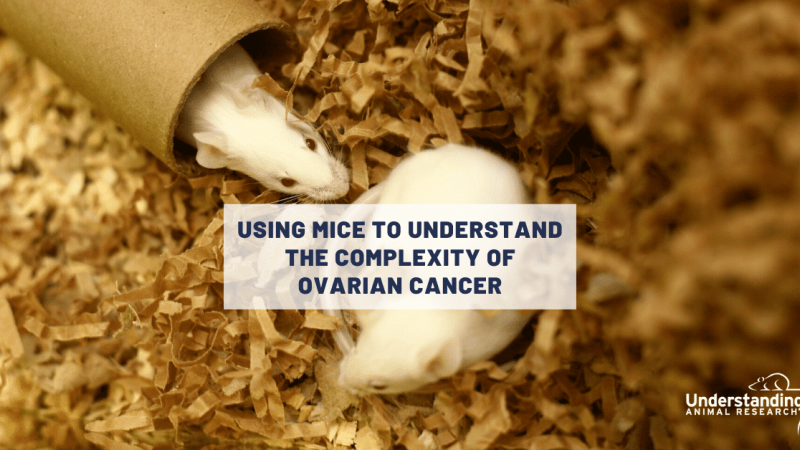From bedside to bench and back again – patient-derived xenografts in breast cancer research
By Dr Richard Berks, Breast Cancer Now
Breast cancer continues to be a major health issue; it’s the most commonly diagnosed cancer in the UK, with more 50,000 women and men diagnosed each year. Despite amazing progress made in our understanding of the disease, sadly nearly 12,000 people die from breast cancer in this country.
To improve our understanding of this complex disease, researchers rely on many different methods to grow, study, and manipulate breast tumours. One of the main methods is to cultivate breast cancer cells in the laboratory. However, whilst we have learnt a great deal with this type of cell culture, breast cancer cells grown in the lab in plastic culture flasks or petri dishes do not always behave as they would in a tumour in a patient.
To help unravel the complex behaviour of the disease in a living body, researchers also use animal models. One such method is ‘patient-derived xenograft’ (PDX) models, where samples of human breast tumours donated by patients are implanted into animals, such as mice.
Working with PDX models
The National Cancer Research Institute (NCRI) Conference is the UK’s largest annual cancer research meeting, and was held at the beginning of November in Liverpool. One of the educational workshops explored the current state of PDX models and how they can assist cancer research. The session was chaired by Dr Robert Clarke, who is a team leader at the Breast Cancer Now Manchester Research Unit, and featured talks from Dr Denis Alférez in Dr Clarke’s lab group and Dr Anna Grabowska from the University of Nottingham.
Over the course of the workshop, the speakers addressed some of the advantages of using PDX models to study cancer. By virtue of them being so faithful to the tumour they come from in the patient, they are incredibly useful for testing out new treatments prior to them being tested in patients in clinical trials. For example, Dr Clarke and colleagues recently used PDX models to demonstrate how inhibition of a cell communication called ‘Notch’ alongside anti-hormone treatments in ER+ breast cancer could help prevent relapse after treatment. Dr Alférez pointed out that heterogeneity – the variety and complexity – of human tumours and the cells within them is retained in these animal models.
Dr Grabowska also described 3D in vitro models developed in her laboratory that use cells taken from PDX models. The knowledge generated by screening drugs and testing drug responsiveness in the lab can then be easily transferred into the parallel PDX mouse models for further investigation. This helps to ensure that animals are only used at a stage in drug screening when in vitro systems can no longer provide relevant information.

Limitations of xenografts
However, the speakers acknowledged that, as with any animal model of disease, PDX models are not a perfect representation of human disease. One disadvantage is that the differences in the biology between mice and humans could alter how a human breast tumour develops and ‘evolves’ in a mouse. This might be because the mouse has different hormones, different cells that surround the tumour, or different local signals within its tissues compared to the human patient. The speakers discussed different ways that this difference could be overcome; Dr Grabowska discussed her work to ‘humanise’ a PDX model of colorectal cancer by also incorporating the human ‘fibroblast’ cells that normally surround the tumours and help it to grow and spread throughout the body.
Another challenge of PDX models arises because the patients’ tumours can only grow in animals that lack a functioning immune system, which is needed so that the animal hosts do not reject the implanted human tumour. As a result, PDX models currently provide little information on how the immune system is involved in tumour development, growth, and spread – a hot topic in research at the moment. Again, Dr Clarke described some attempts that have been made to recreate the human immune system in PDX models.
Bringing the bench closer to the bedside
Dr Grabowska pointed out that PDX models are only possible with the support of surgeons and medical staff – not only to allow rapid access to the tumours that patients generously consent to donate, but also in gathering the clinical information that relates to the tumour samples, such as what type of cancer that patient has been diagnosed with and other data about their treatment. Wider access for researchers to tumour samples for PDX models is possible through tissue banks (such as the Breast Cancer Now Tissue Bank, as long as donating patients give consent for their tissue to be used in this way.
Ultimately, as with any of the various models researchers can use to help study the development of breast cancer, PDX models will not be appropriate to answer every single research question. But by providing an opportunity to study how a real human breast tumour growing in a living body behaves, PDX models could help bring us a step closer to ensuring no one dies from breast cancer.
Read a review about the use of patient-derived xenografts in translational cancer research: http://cancerdiscovery.aacrjournals.org/content/4/9/998.long
Last edited: 28 July 2022 08:44




